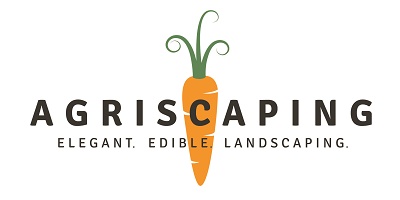Best Plants for Raised Beds in the Desert Southwest
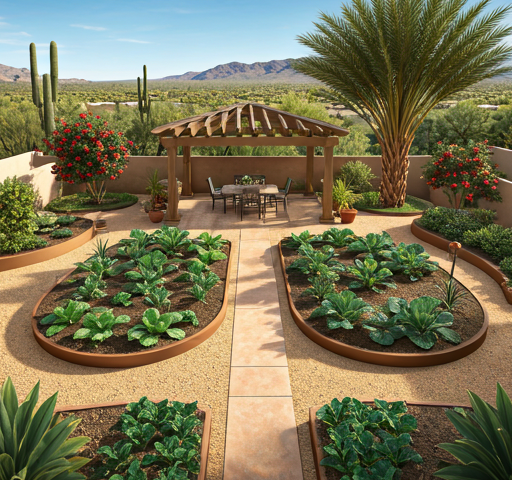
The best plants for raised beds thrive in the Southwest desert’s unique climate, combining heat tolerance, drought resistance, and productivity. Designing a raised bed garden in the desert southwest opens up incredible possibilities for growing fruits, vegetables, and herbs; a true healing agriscaping experience. By carefully selecting what to grow, homeowners can create a sustainable, ornamental edible garden that maximizes conservation and enhances outdoor spaces.

Why Raised Beds Are Ideal for the Desert Southwest
Raised beds excel in the desert’s arid conditions. They improve soil quality, provide better drainage, and allow for precise water management—all essential for successful gardening in this challenging climate. Elevated beds also help mitigate pests and weeds, reducing maintenance efforts.
In this region, plants face extreme heat, intense sunlight, and limited water. Raised beds let you amend soil easily and create optimal conditions for growth. Drip irrigation and mulching further improve efficiency, ensuring plants receive the water they need without waste.

Choosing the Best Plants for Raised Beds
When selecting plants for raised beds in the desert southwest, it’s important to focus on varieties that can handle high temperatures, minimal water, and intense sunlight. Fruits, vegetables, and herbs can all thrive with proper care and careful selection. Here’s a comprehensive guide to the best options for your raised bed garden.
Fruits for Raised Beds
Fruits can add vibrant color and sweet, bountiful harvests to your garden. When choosing fruit-bearing plants, look for varieties that are suited for hot, dry conditions and can thrive with minimal water. Below are some of the best fruit options for raised bed gardens in the desert southwest:
Cantaloupes
Cantaloupes love the sun and thrive in hot, sunny conditions. The heat helps these melons develop their sweetest, juiciest flavors. For the best results in the desert southwest, go for heat-tolerant varieties like ‘Ambrosia’ or ‘Hale’s Best.’ These varieties produce flavorful melons, and their sprawling vines can be easily managed in a raised bed with proper spacing. Be sure to keep your cantaloupes well-watered, but avoid excessive moisture to prevent rot.
Figs
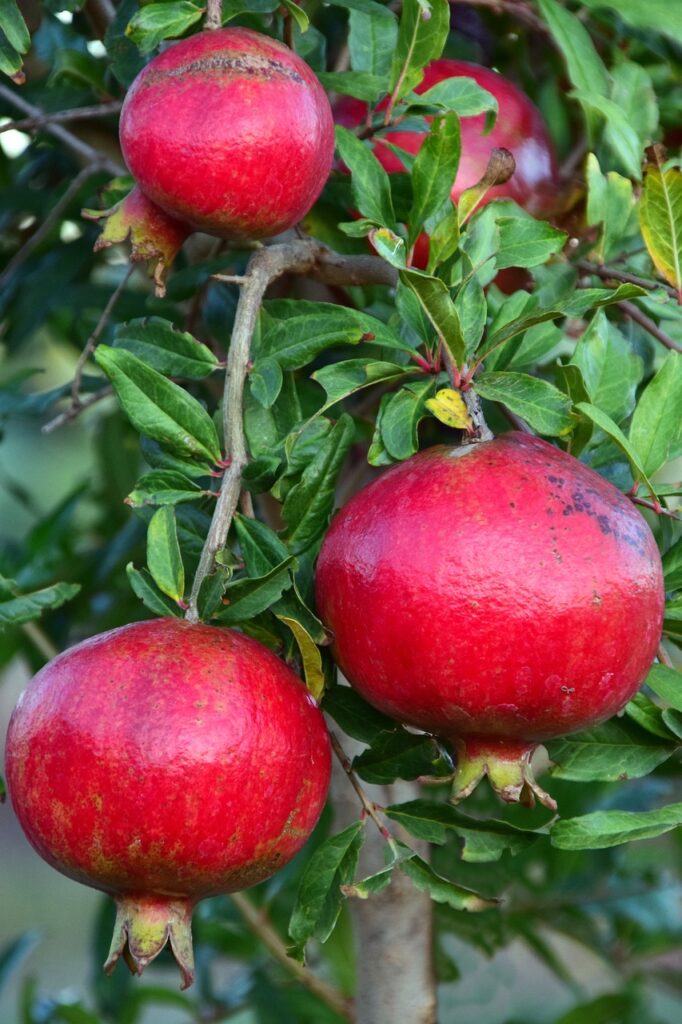
Figs, such as ‘Black Mission’ and ‘Kadota,’ thrive in full sun and dry conditions, making them perfect for raised beds. Once established, fig trees are drought-tolerant, and their roots will stay well-drained in a raised bed, reducing the risk of rot. Figs are hardy, productive trees that will provide a bounty of sweet, delicious fruit, and they require very little care after planting.
Pomegranates
Pomegranates are a classic fruit tree in desert gardens. Varieties like ‘Wonderful’ and ‘Eversweet’ are particularly well-suited to the dry, sunny conditions of the southwest. Known for their jewel-like seeds, pomegranates thrive in raised beds, where the well-drained soil helps their roots stay healthy. In addition to their fruit, pomegranates also function as ornamental shrubs, providing both beauty and a delicious harvest.
Grapes
Grapes are a fantastic fruit for raised beds, especially in the desert. Heat-tolerant varieties like ‘Thompson Seedless’ and ‘Flame Seedless’ are ideal for growing in the desert southwest. Grapes love sunlight, so they do well in the open spaces of a raised bed. Consider training them on a trellis (see image below) to maximize vertical space and make harvesting easier. With the right care, grapes will provide you with delicious, sweet fruit and a visually stunning addition to your garden.
Dates
Dates are a perfect fit for the desert southwest, as they require consistent heat and well-drained soil. Raised beds offer an ideal environment for these palms, allowing their roots to stay healthy and well-managed. Varieties like ‘Medjool’ and ‘Deglet Noor’ thrive in the hot, dry conditions, and they produce sweet, nutritious fruit that’s highly valued for snacking and cooking.
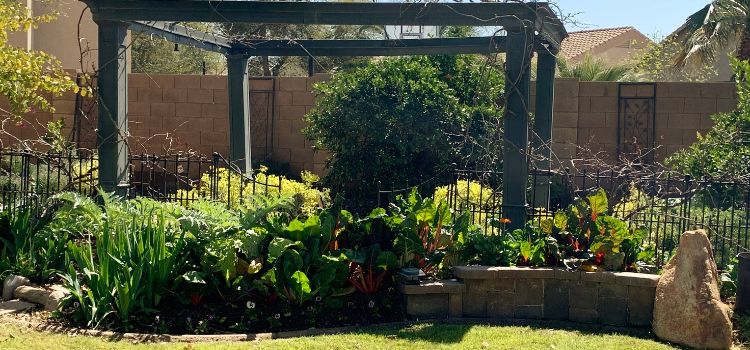
Vegetables for Raised Beds
Raised beds are perfect for growing a wide variety of vegetables, even in the hot, arid climate of the desert southwest. With the right selections, you can enjoy fresh, homegrown produce year-round. Here are some of the best vegetable choices for raised bed gardening in the desert:
Tomatoes
Tomatoes are a must-have in any raised bed garden. Heat-tolerant varieties such as ‘Phoenix’ and ‘Solar Fire’ are designed to thrive in high temperatures. To prevent sunscald during the hottest months, you may want to provide some light shade to your tomato plants. Raised beds offer the ideal growing conditions for tomatoes, ensuring that the soil remains well-drained while allowing the plants to receive plenty of sunlight. Regular watering will keep your tomatoes hydrated and produce an abundance of delicious fruit.
Peppers
Peppers, including bell peppers, jalapeños, and chilies, are well-suited for the heat of the desert. Varieties like ‘Anaheim’ and ‘Poblano’ thrive in dry conditions and will grow well in a raised bed. Peppers require minimal care once established, making them perfect for low-maintenance gardening. They will reward you with a bounty of spicy, flavorful fruit that can be used in cooking, preserved, or enjoyed fresh.
Squash
Squash is another vegetable that flourishes in raised beds. Varieties like zucchini and yellow squash grow quickly and produce abundant harvests. These fast-growing plants are perfect for the heat of the desert, as long as they receive regular watering. The sprawling vines of squash can cover large areas of your raised bed, offering an impressive display while providing a steady supply of vegetables. Whether you choose to harvest them early for tender squash or let them grow to full size, squash is a versatile and productive choice.
Sweet Potatoes
Sweet potatoes thrive in hot, sunny conditions and are perfect for desert raised bed gardens. These plants love well-drained soil, and their vines spread out, covering the ground with attractive, green foliage. Not only do sweet potatoes add ornamental value to your garden, but their delicious tubers can be harvested once the vines begin to yellow. Sweet potatoes are relatively low-maintenance and highly productive, making them a great addition to any raised bed.
Okra
Okra is made for the desert! This hardy vegetable thrives in the extreme heat and dry conditions of the southwest. Okra requires minimal water and can handle the harshest summer temperatures, making it a staple in desert gardens. The plants grow tall, and their edible pods are perfect for frying, grilling, or adding to soups and stews. With their stunning flowers and prolific production, okra is a great choice for any raised bed.
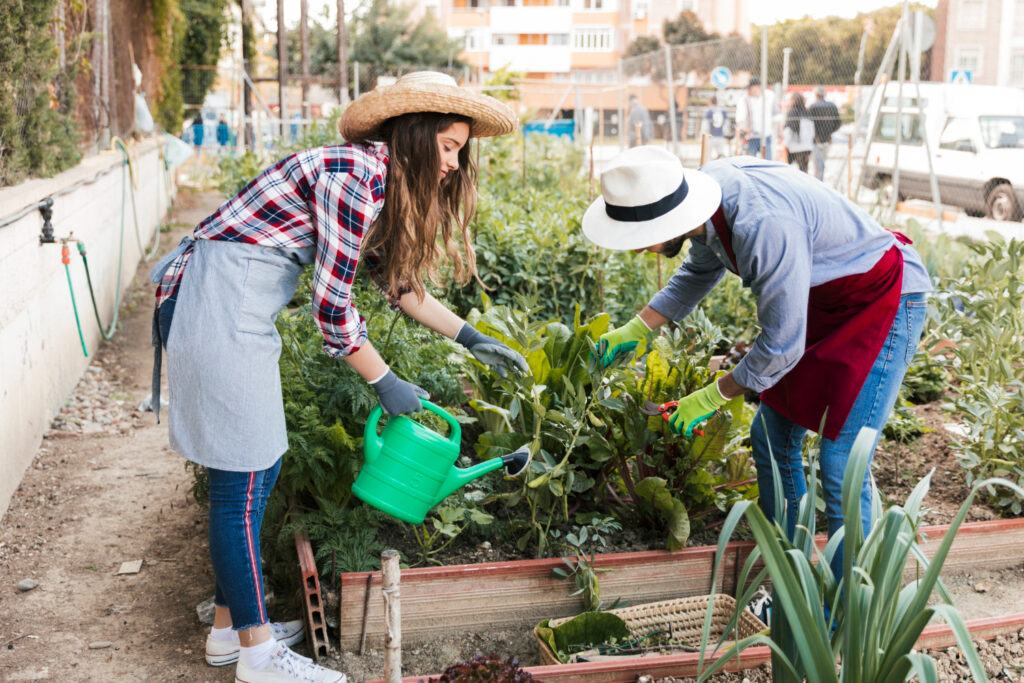
Herbs for Raised Beds
Herbs are a wonderful addition to raised bed gardens, bringing fragrance, flavor, and resilience to the growing space. Many herbs are well-suited for desert conditions, as they are drought-tolerant and thrive in hot, sunny environments. Here are some excellent herb choices for your raised bed garden:
Basil
Basil is a sun-loving herb that thrives in the heat of the desert. It needs regular watering and well-drained soil to grow strong and productive. Pinching back flowers helps keep basil bushy and ensures a long harvest season. This aromatic herb is perfect for making pesto, adding to salads, or garnishing dishes. With a little care, basil will grow well in raised beds and provide you with an abundance of fresh leaves for your culinary creations.
Thyme
Thyme is a hardy, low-maintenance herb that is perfect for the desert. It’s drought-tolerant and grows well in the dry, well-drained soil of raised beds. Thyme also works beautifully as a ground cover, adding both texture and flavor to your garden. It requires little water and can withstand the heat of the desert sun. Thyme is a wonderful herb to use in Mediterranean dishes and can be used both fresh and dried.
Oregano
Oregano is another herb that thrives in hot, dry conditions. This low-maintenance herb requires very little attention once established and will continue to grow well in raised beds. Its robust, aromatic flavor is perfect for seasoning Mediterranean and Italian dishes. Oregano is also a great ground cover in raised beds, with its sprawling growth habit and fragrant leaves adding a touch of greenery to your garden.
Rosemary
Rosemary is both ornamental and practical. This drought-tolerant herb thrives in full sun and requires minimal water once established. Its fragrant, piney flavor makes it an essential herb for cooking, especially in roasted dishes and Mediterranean recipes. Rosemary’s woody stems and evergreen foliage make it a beautiful addition to your raised bed garden, offering both culinary and aesthetic benefits.
Sage
Sage is an excellent herb for desert gardens. It thrives in arid conditions and requires very little care to produce flavorful, fragrant leaves. Sage’s silvery foliage and unique flavor make it a wonderful addition to your raised bed garden. It’s often used in Mediterranean and American cuisine, especially in stuffing and savory dishes. Sage is a hardy, drought-tolerant herb that adds both beauty and flavor to your garden.
Planting and Maintenance Tips
1. Optimize Your Soil Mix
It’s important to use a quality soil blend for your raised beds. A mix of potting soil, compost, and organic matter is ideal. A common ratio is 25% potting soil and 75% compost. If your plants require drier roots and moisture retention isn’t a top priority, opt for a blend of 50% potting soil, 30% compost, and 20% coarse sand or perlite to improve drainage. This mix will maintain moisture while promoting proper aeration.
2. Use Mulch for Conservation
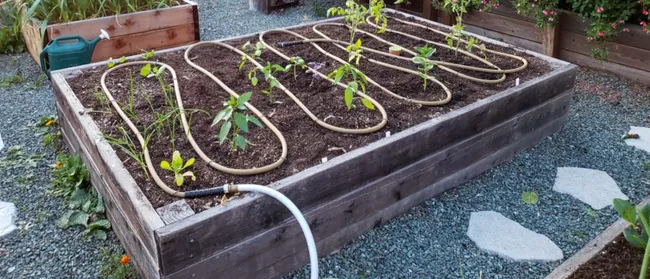
Mulching is critical in the desert southwest. Organic mulches, such as wood chips or straw, reduce evaporation, stabilize soil temperatures, and suppress weeds. Spread a 2-3 inch layer around plants to maximize these benefits.
3. Efficient Watering Practices
Drip irrigation is the most efficient method for watering raised beds. It delivers moisture directly to plant roots, minimizing waste. Water early in the morning or late in the evening to reduce evaporation.
4. Provide Shade When Necessary
In peak summer months, even heat-tolerant plants can struggle. Use 30% shade cloths or plant taller crops on the west side of your garden to shield smaller plants (see image to the right).
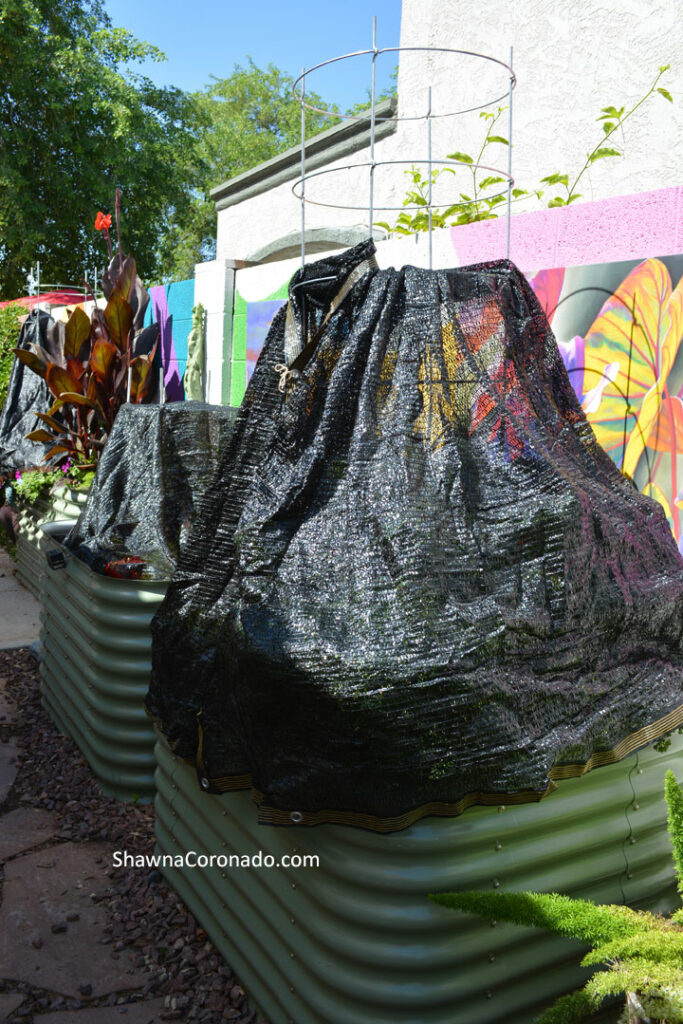
5. Rotate Crops Seasonally
Crop rotation prevents soil nutrient depletion and reduces pest problems. For example, follow nitrogen-depleting crops like tomatoes with nitrogen-fixing plants like beans or peas.
Conservation-Focused Design
Raised bed gardening in the desert southwest isn’t just about growing plants—it’s about doing so sustainably. Incorporate native plants like agave or desert marigold around your beds to attract pollinators and reduce water usage. Use reclaimed materials for bed construction to give your garden a unique, eco-friendly look.
Rainwater harvesting is another excellent conservation technique. Install rain barrels to capture rare desert rains and use the collected water to supplement irrigation.
Conclusion
Creating a raised bed garden in the desert southwest allows you to grow a stunning variety of fruits, vegetables, and herbs while embracing sustainability. By selecting the best plants for raised beds and implementing smart gardening practices, you can enjoy fresh, homegrown produce and enhance your outdoor space. With thoughtful planning and care, your garden will thrive in this challenging yet rewarding climate.
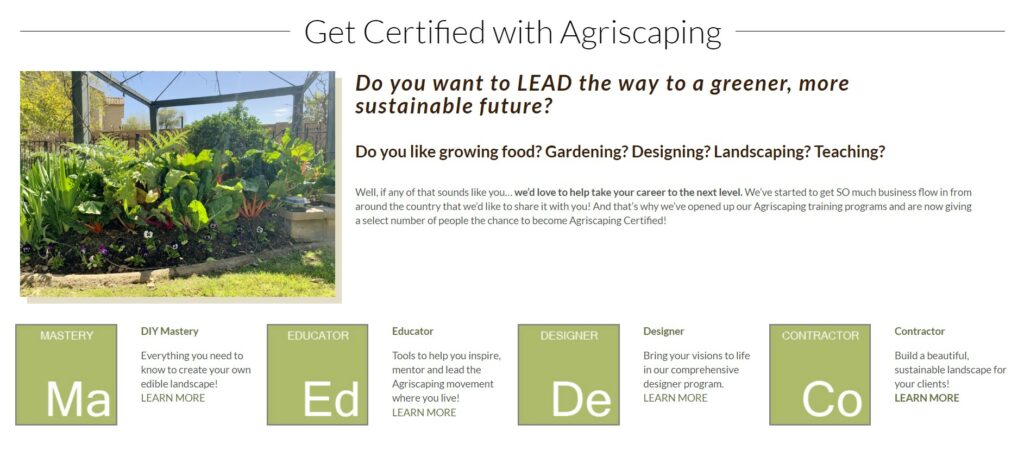
Read Our Latest Posts…
- Create Your Own “Farmacy” with Healing and Aromatic Herbs
 Expert tips for desert gardening, from plant zoning and efficient irrigation to soil care and agriscaping for a sustainable landscape.
Expert tips for desert gardening, from plant zoning and efficient irrigation to soil care and agriscaping for a sustainable landscape. - The Power of Healthy Soil: Where Wellness Begins
 Expert tips for desert gardening, from plant zoning and efficient irrigation to soil care and agriscaping for a sustainable landscape.
Expert tips for desert gardening, from plant zoning and efficient irrigation to soil care and agriscaping for a sustainable landscape. - Innovations in Elegant Edible Landscaping
 Expert tips for desert gardening, from plant zoning and efficient irrigation to soil care and agriscaping for a sustainable landscape.
Expert tips for desert gardening, from plant zoning and efficient irrigation to soil care and agriscaping for a sustainable landscape. - Herbs: More Than Just a Pretty Face
 Expert tips for desert gardening, from plant zoning and efficient irrigation to soil care and agriscaping for a sustainable landscape.
Expert tips for desert gardening, from plant zoning and efficient irrigation to soil care and agriscaping for a sustainable landscape. - 4 Tips for Raised Garden Success
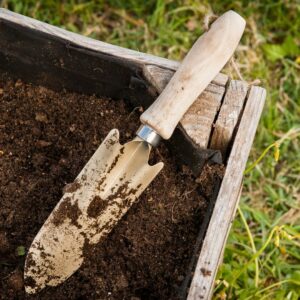 Expert tips for desert gardening, from plant zoning and efficient irrigation to soil care and agriscaping for a sustainable landscape.
Expert tips for desert gardening, from plant zoning and efficient irrigation to soil care and agriscaping for a sustainable landscape.
